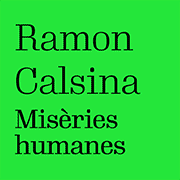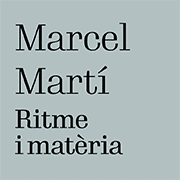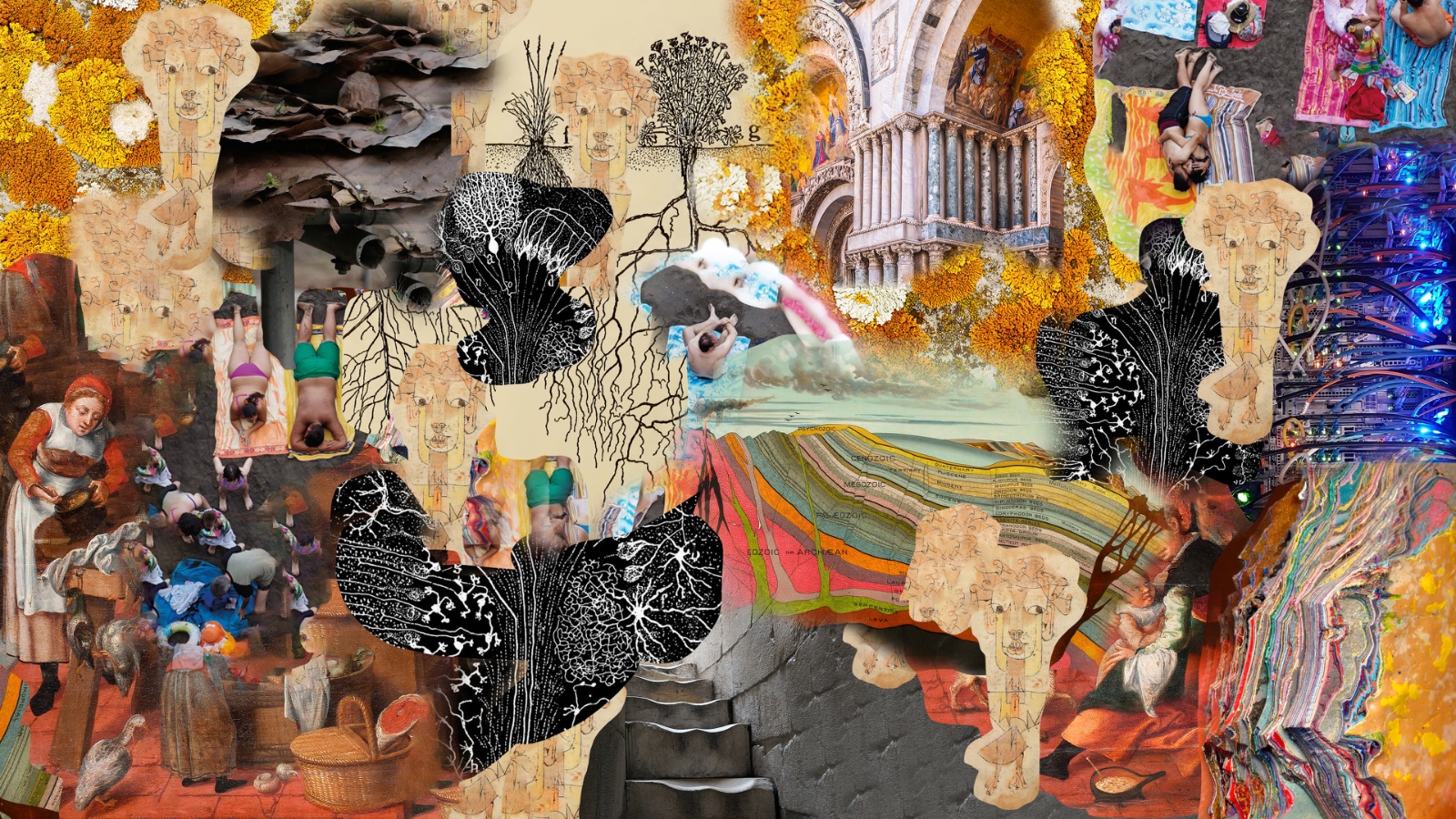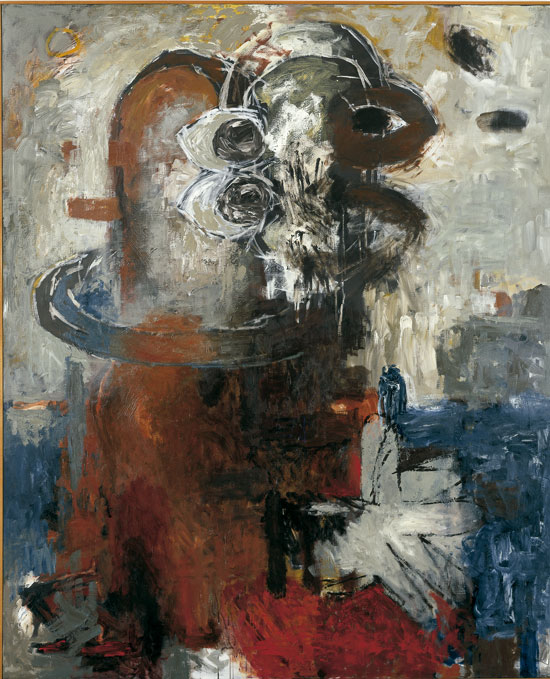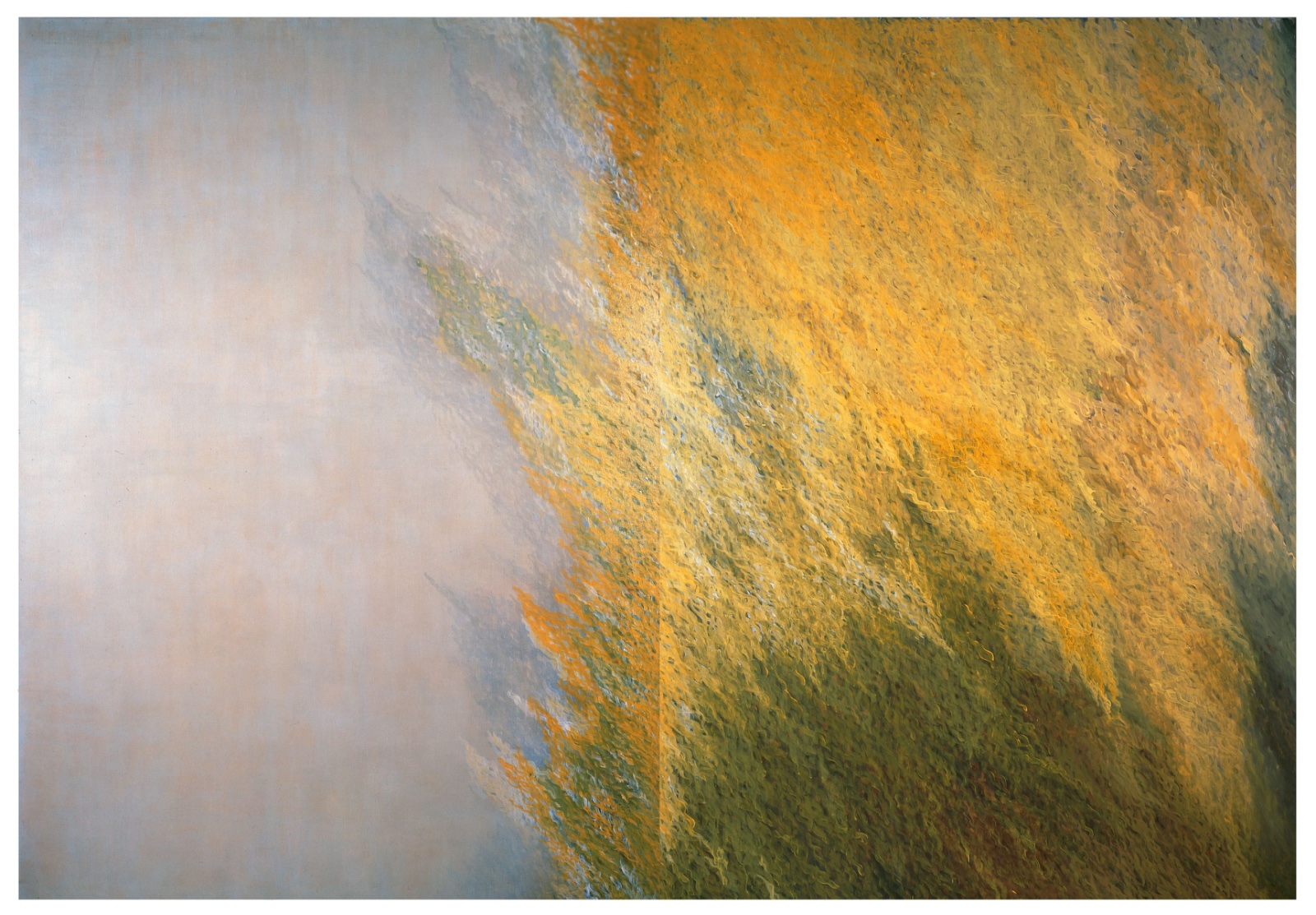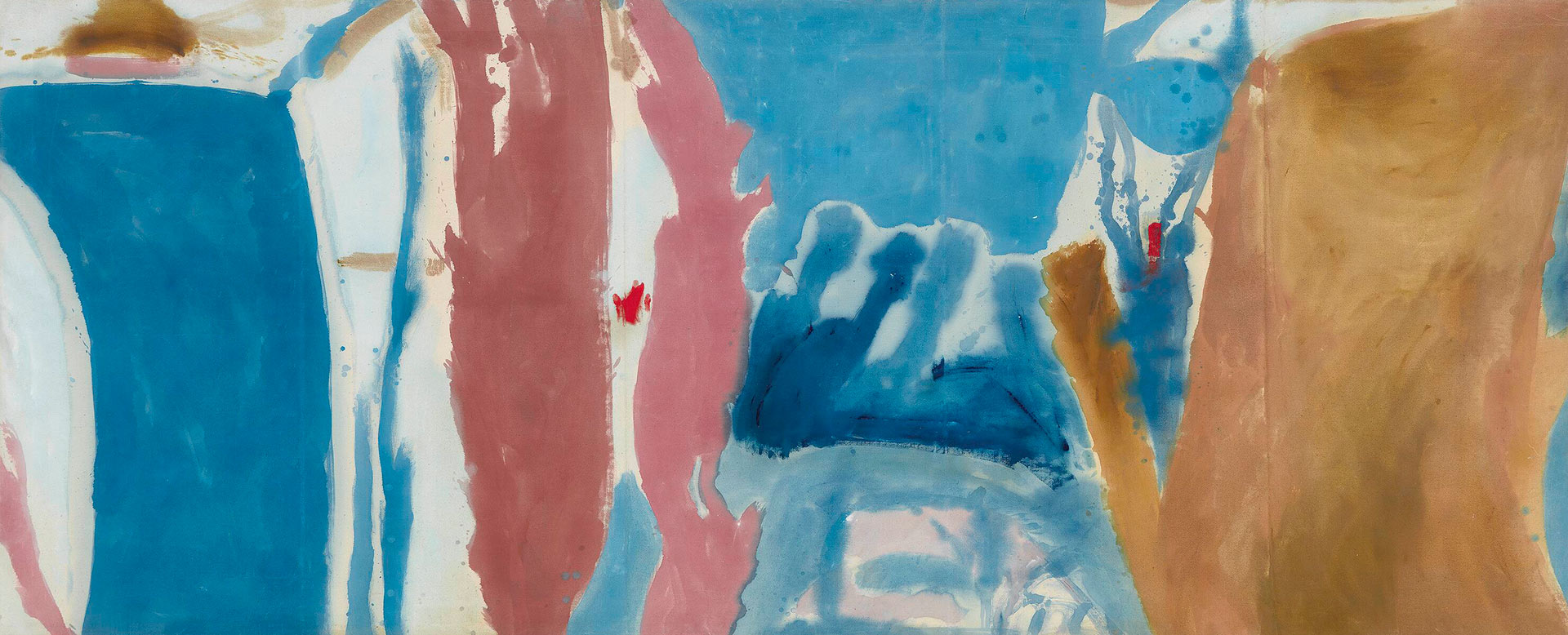Exhibitions
Christian Villamide: rewriting the landscape
A reflection on our relationship with nature and the territory in Lugo.
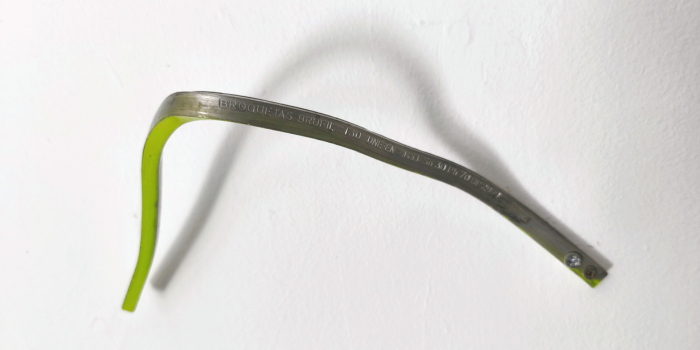
Galeria Néboa in Lugo hosts the exhibition Cando a paisaje se fixo verba, a solo show by Christian Villamide (Lugo, 1966), curated by Paula Cabaleiro . The project revolves around the relationship between people and the natural environment, and proposes how art can serve to review this connection, often deteriorated. Villamide reflects on the landscape not as an idyllic setting, but as a cultural construction that reveals how we understand and transform our environment.
With a career spanning disciplines such as painting, photography, sculpture and installation, Villamide has developed a body of work focused on the constant dialogue between nature and artificiality. His works, made of materials such as wood, iron, marble, cement and methacrylate, are embodied in compositions that break with the traditional idea of landscape. Critic Antón Castro has described his practice as “an expansion of the concept of painting towards a more real space, where the senses and emotions are integrated into the artistic experience”.
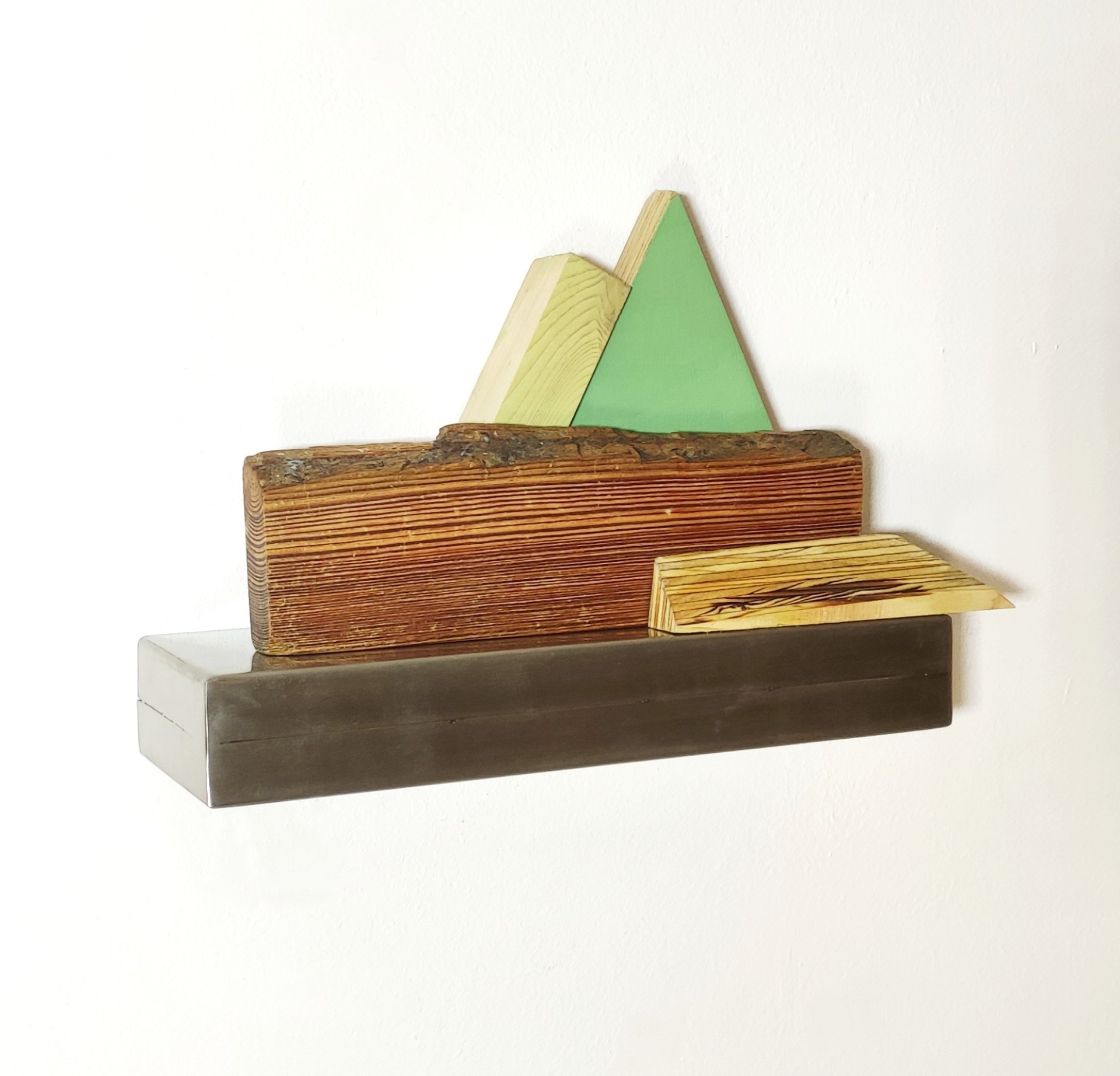 Poeticas de desescombro III, Christian Villamide. Cortesia Galeria Néboa
Poeticas de desescombro III, Christian Villamide. Cortesia Galeria Néboa
The exhibition, which can be visited until May 31, focuses on how economic development and the current growth model have turned the natural environment into a territory that is often exploited, planned and subjugated. Faced with this reality, Villamide also shows ways of life that, despite everything, persist: vegetation that sprouts between the concrete, natural remains that resist the impact of urban planning. It is a call for reflection, for the appreciation of nature and the environment, and for coexistence with respect. At the same time, it is a demand to awaken emotion in the face of barbarity, in search of a return to contemplation and a more conscious relationship with the landscape.
With influences from conceptualism, Villamide's work aims to establish a direct communication with the viewer, both on a social and personal level. Cando a paisaje se fixo verba therefore poses a critical look at the way we manage natural space, and invites us to reconsider how we relate to it, constructing a visual story that gives value to what often remains in the background.


